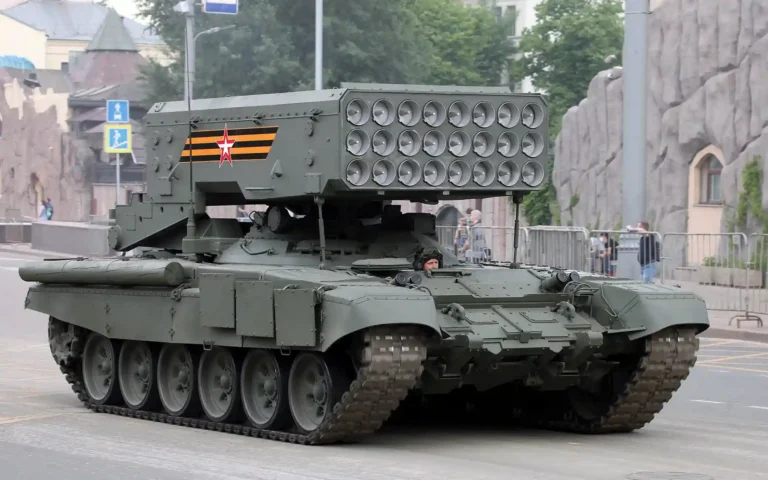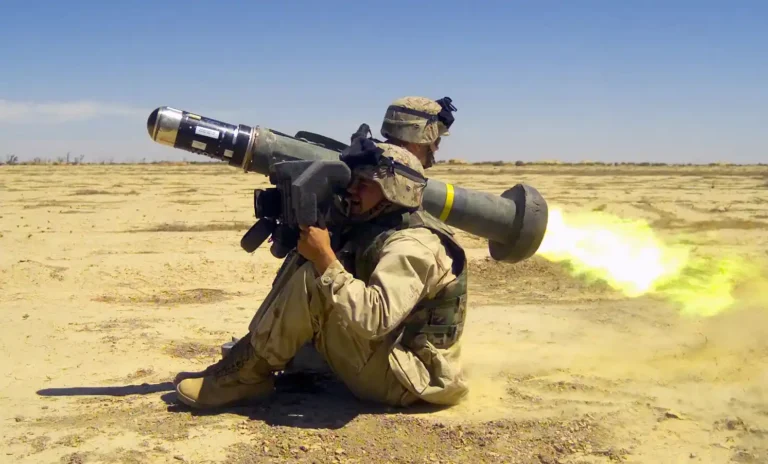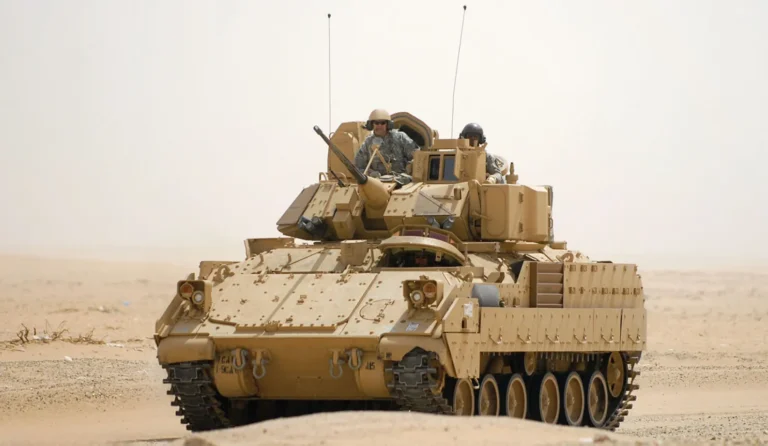Follow Us:
Share
Table of Contents:
The BGM-71 TOW (Tube-launched, Optically tracked, Wire-guided) is a highly effective American-made anti-tank missile system, that emerged during the mid-Cold War era as a crucial anti-tank weapon of American design.
Developed in the 1960s, the BGM-71 TOW anti-tank missile was conceived to replace several older systems, including the 106mm M40 recoilless rifle and the French-made Entac and AS-11 missiles that were previously in service with the United States.
The need for a more effective and versatile anti-tank solution prompted this innovation, as military strategists sought a weapon that could adequately address the evolving challenges on the battlefield.
The design of the BGM-71 TOW wired missile emphasizes flexibility and ease of use, allowing it to be launched from various platforms, including tripods, vehicles, and helicopters. This versatility not only helps reduce operational costs but also simplifies logistics, making it a practical choice for military forces.
The missile’s guidance system, which employs optical tracking and a wire command data link, enables precision targeting, further enhancing its effectiveness against armored threats. Such features were particularly important during a time when armored warfare was a central focus of military strategy.
What sets the TOW missile apart is its capacity for continuous modernization, which has allowed it to stay relevant even decades after its initial development.
The missile’s design has been adapted and improved upon over the years, ensuring that it remains a modern and effective weapon system.
As military technology continues to evolve, the TOW’s ability to integrate new advancements suggests it will maintain its role on the battlefield for many years to come, solidifying its status as a cornerstone of U.S. anti-tank capabilities.
BGM-71 TOW Design
The BGM-71 TOW missile is a sophisticated weapon system designed for precision targeting. It is launched from a tube and features a traditional layout with the warhead situated at the front. The missile’s design includes cruciform wings positioned in the middle section, which provide aerodynamic stability during flight.
Additionally, the rear section houses a single-stage solid propellant rocket motor, responsible for propelling the wired missile toward its target. This combination of features allows the TOW missile to be both effective and reliable in various combat scenarios.
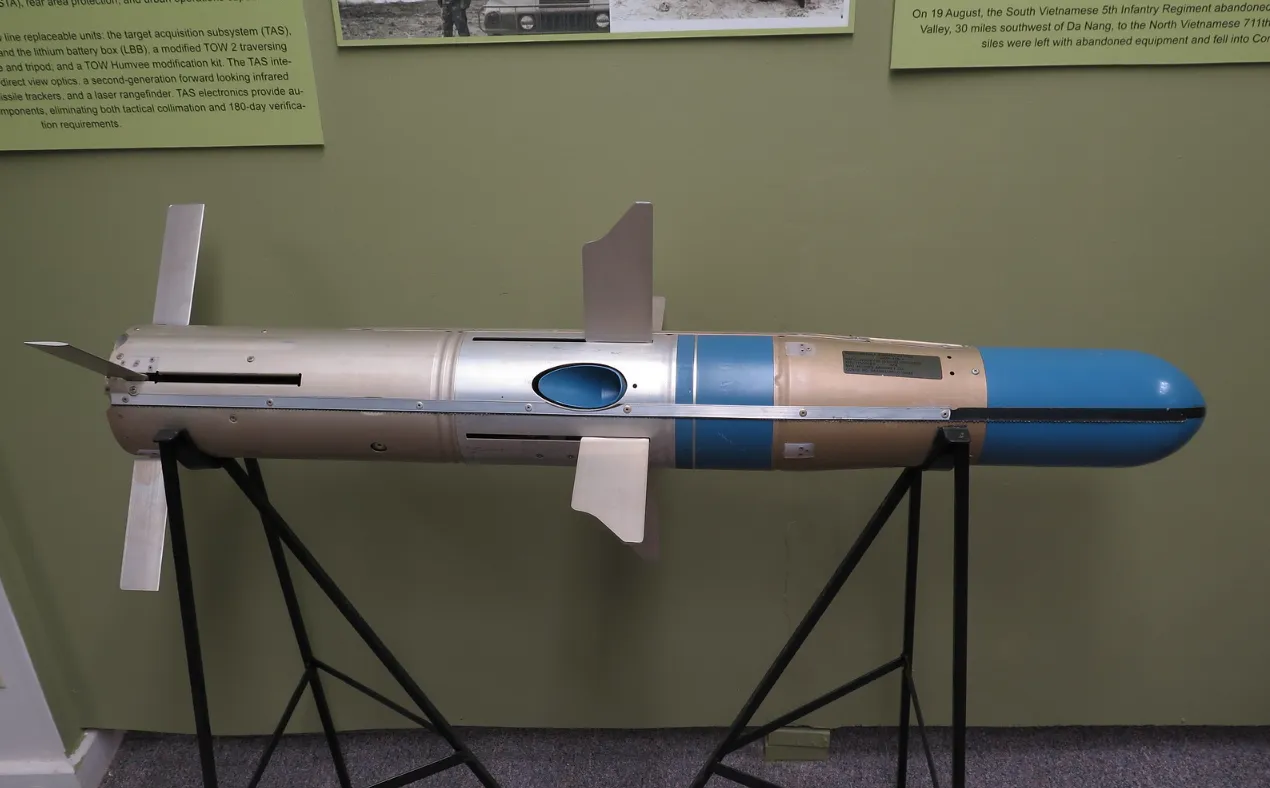
Over the years, the BGM-71 TOW missile system has undergone numerous upgrades to enhance its operational capabilities. These improvements have focused on refining the warhead and other critical components, resulting in increased lethality and effectiveness against armored vehicles and fortifications.
The advancements in technology have also contributed to improved targeting accuracy and longer engagement ranges, making the TOW missile a valuable asset on the modern battlefield. As military strategies evolve, the need for versatile and potent wire missile systems like the TOW has become increasingly essential.
In summary, the BGM 71 TOW missile stands out as a highly effective wire-guided missile system, designed for optimal performance in diverse military applications. Its combination of a well-engineered design and continuous enhancements ensures that it remains a formidable weapon against a variety of threats.
As military forces around the world seek to maintain their edge in warfare, the BGM-71 TOW missile’s adaptability and reliability solidify its position as a critical component of modern military arsenals.
Guidance
The BGM-71 TOW missile system operates using a wire-guided system and employs SACLOS (Semi-Automatic Command to Line of Sight) guidance. This means that once the missile is launched, the operator must keep the target in sight while the system automatically sends commands to the missile to stay on course.
The guidance system is designed to simplify the operator’s task, allowing the missile to follow the line of sight without manual steering by the operator, though their presence is required throughout the engagement.
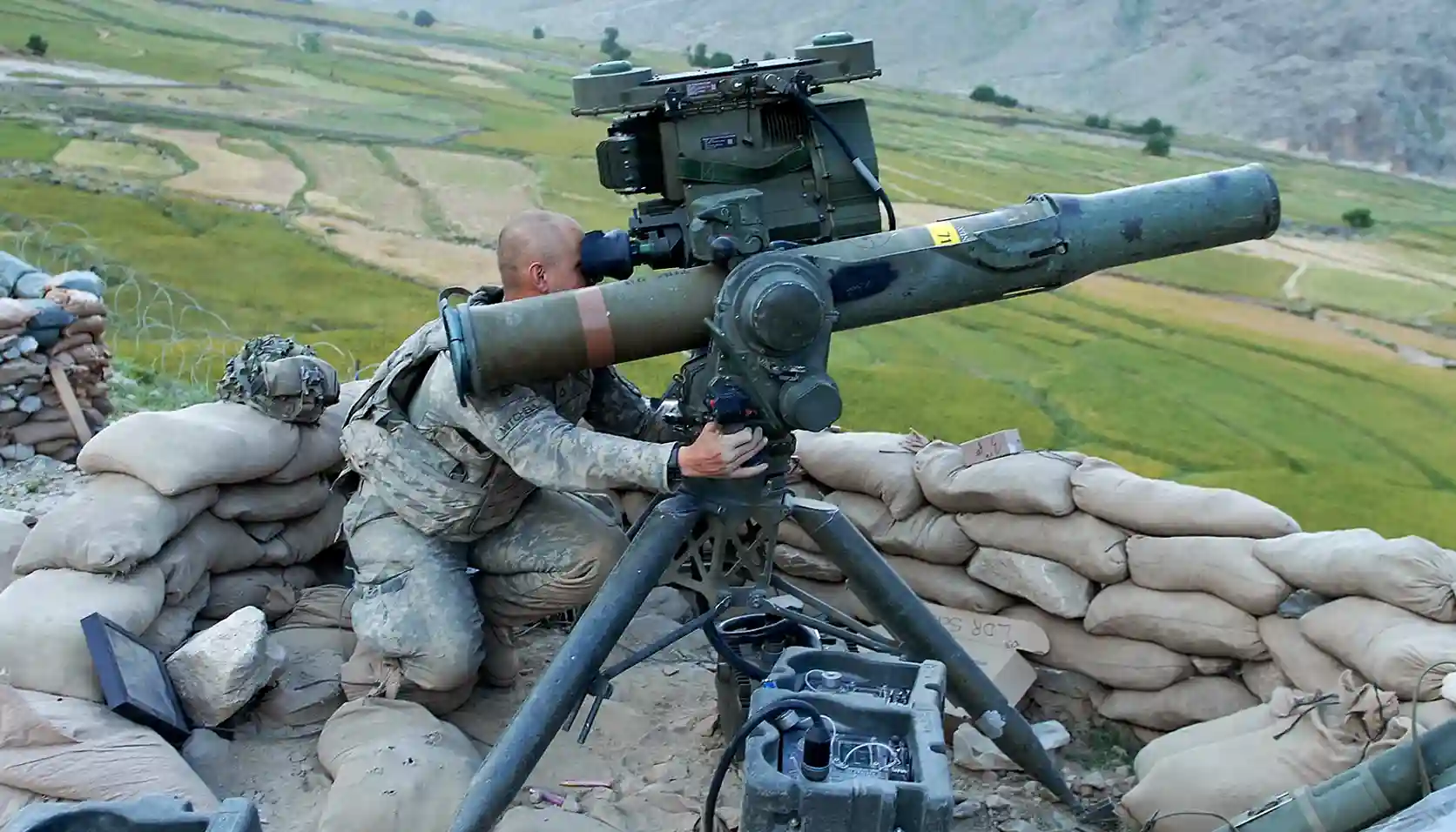
At the heart of the system is a tracker integrated into the launch post, which identifies the missile’s infrared (IR) beacon. As the missile flies towards its target, the tracker continuously monitors its position relative to the intended path.
The system calculates necessary course corrections in real time to ensure the missile remains on track. These corrections are transmitted via a wire that remains connected between the missile and the launch system, ensuring precise communication throughout its flight.
Because of this guidance method, the operator must remain at the TOW launcher from the moment of firing until the missile strikes its target. This necessity to maintain a line of sight and stay actively engaged with the system for the duration of the missile’s flight can pose tactical risks to the operator, as they are exposed to potential threats while guiding the missile to its destination.
Firepower
The BGM-71 TOW missile has established itself as a highly effective weapon system, particularly in its latest iterations, which are designed to engage and destroy a wide range of armored vehicles. Originally introduced in the early 1970s, the TOW missile has undergone several upgrades, enhancing its capabilities significantly.
The current version boasts advanced features that allow it to penetrate the armor of modern battle tanks, making it a formidable threat on the battlefield. The missile’s effective engagement range has also been improved, with the standard version offering a maximum reach of 3.75 kilometers.
Furthermore, an upgraded variant with a range of 4.5 kilometers is currently under development, which will expand its operational capabilities even further.
The guidance system of the BGM 71 TOW missile is another critical factor contributing to its effectiveness. Utilizing a Semi-Automatic Command to Line of Sight (SACLOS) wire guidance method, the missile maintains a connection to the TOW launcher, allowing the operator to track and adjust the missile’s flight path in real time.
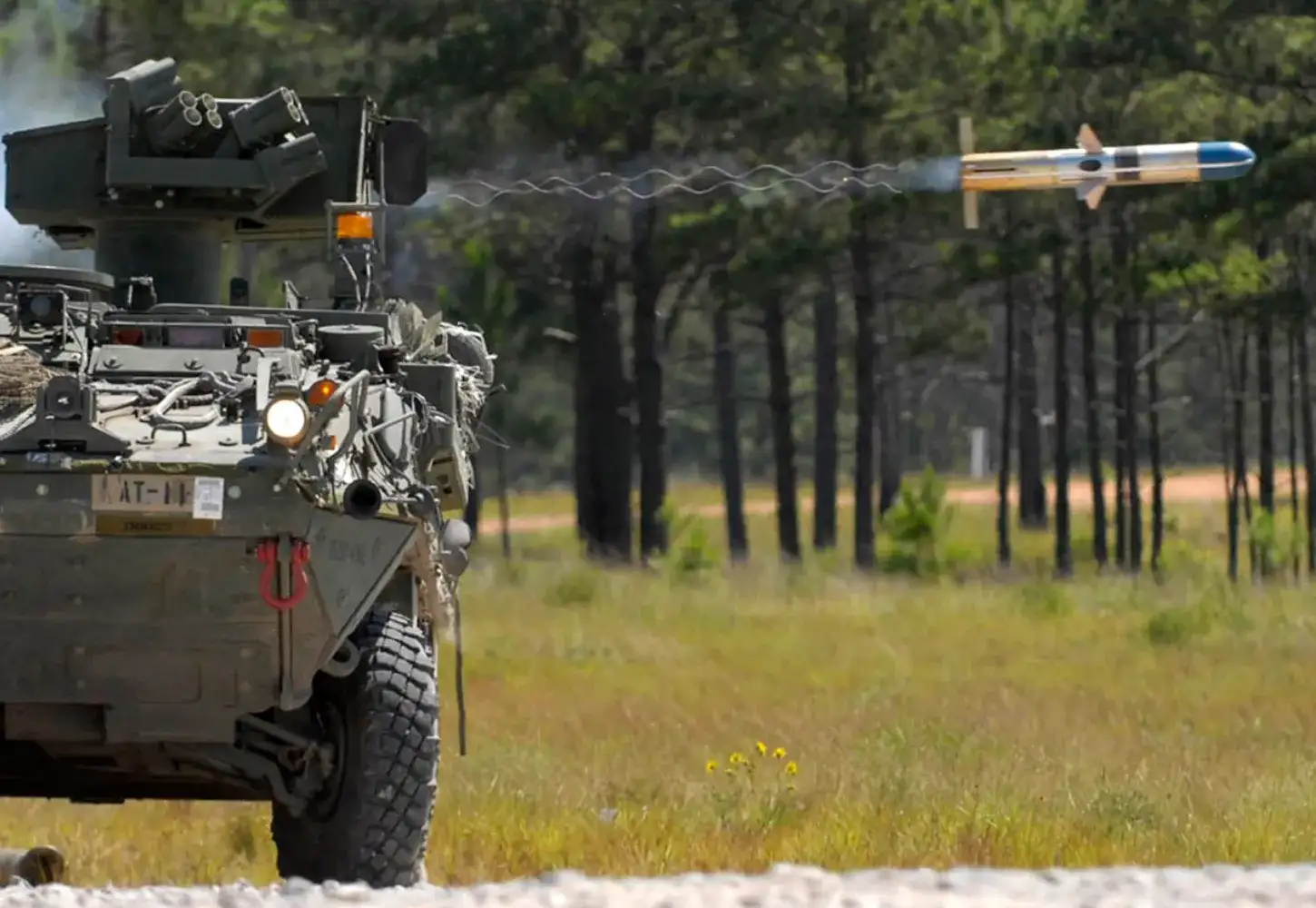
This system provides a high degree of accuracy, particularly when the target is stationary or moving predictably. However, the guidance system does require clear visibility of the target; if the target is obscured by smoke or other visual obstructions, it can diminish the missile’s effectiveness.
Despite this limitation, the BGM-71 TOW missile’s ability to remain on target while following operator commands makes it a reliable choice for engaging enemy armored forces.
The evolution of the TOW missile reflects ongoing advancements in military technology and the continuous need to counter evolving threats. As armored vehicles become increasingly sophisticated, the need for potent anti-armor solutions remains paramount.
The ongoing development of the TOW system, including enhancements in range, guidance, and warhead effectiveness, underscores its critical role in modern warfare. With these improvements, the TOW missile not only retains its relevance on the battlefield but also ensures that military forces are well-equipped to address contemporary challenges posed by enemy armor.
BGM-71 TOW Variants
The BGM-71 TOW missile system has undergone several significant iterations since its inception. Each variant introduces enhancements in range, warhead design, and guidance systems, tailored to meet evolving battlefield requirements.

Basic TOW (BGM-71A)
The original operational version of the TOW missile is known as the Basic TOW, officially designated as BGM-71A. This variant has a range of 3 kilometers. To differentiate it from later models, it is referred to as the Basic TOW. The missile relies on a guidance system utilizing a wire that connects the missile to the launch platform.
Improved TOW (BGM-71C)
The Improved TOW, designated as BGM-71C, features a significantly upgraded shaped charge warhead. This missile is equipped with an extendable nose probe, which enhances its standoff range, allowing for better engagement of armored targets. The improvements in the warhead design aim to increase lethality against modern armored threats.
TOW-2 (BGM-71D)
The TOW-2, identified as BGM-71D, represents the first major evolution in the TOW missile series. This variant introduces enhancements in guidance technology and is powered by a new rocket motor. The TOW-2 is equipped with a single High-Explosive Anti-Tank (HEAT) warhead, which boasts significantly improved penetration capabilities compared to its predecessor, the I-TOW. This enhancement allows the TOW-2 to effectively counter more advanced armor.
TOW-2A (BGM-71E)
Similar in design to the TOW-2, the TOW-2A, or BGM-71E, incorporates a precursor charge. This innovative addition allows for improved performance against explosive reactive armor (ERA). The precursor charge detonates before the main warhead impacts, which can disrupt the protective layers of reactive armor, thereby enhancing the missile’s overall effectiveness.
TOW-2B (BGM-71F)
The TOW-2B, designated BGM-71F, is a variant of the TOW-2 that features a top attack warhead. This design enables the missile to fly over the target and release a downward-facing-shaped charge warhead. The top attack capability allows the TOW-2B to exploit vulnerabilities in the armor that are often less protected, making it an effective choice against modern armored vehicles.
BGM-71 TOW Launch Platforms
The BGM-71 TOW missile system is a versatile anti-tank weapon that can be mounted on various platforms to enhance its operational effectiveness. Below are detailed descriptions of several key platforms used to deploy the TOW missile system.
Tripod-Mounted Launcher
The tripod-mounted launcher serves as a stable and reliable platform for the TOW missile. While it provides a solid base for firing, its substantial weight limits its portability, making it practical for short-distance transport by personnel. This TOW launcher is particularly useful in stationary or defensive operations where mobility is less critical.
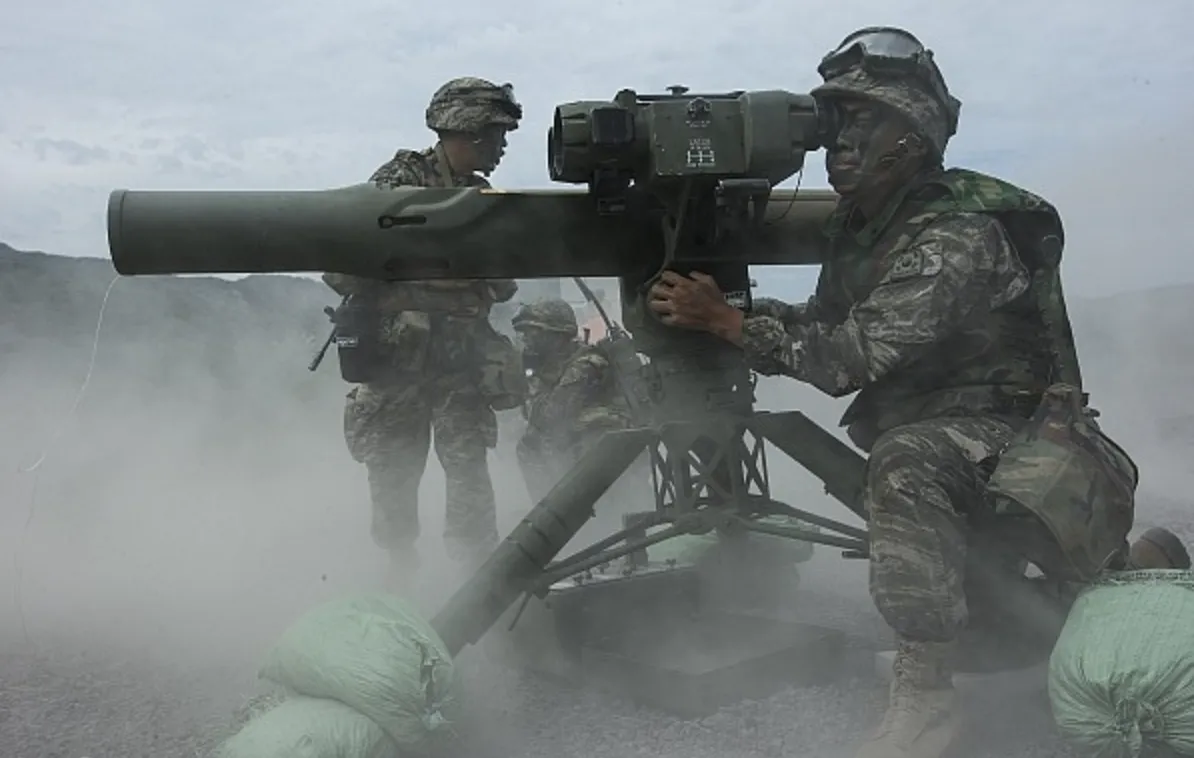
M151 MUTT
The M151 MUTT (Military Utility Tactical Truck) is a lightweight utility vehicle that has been frequently adapted to carry TOW launchers. Its open-topped design and low profile allow for effective concealment on the battlefield, making it a suitable platform for the TOW missile system in various combat scenarios.
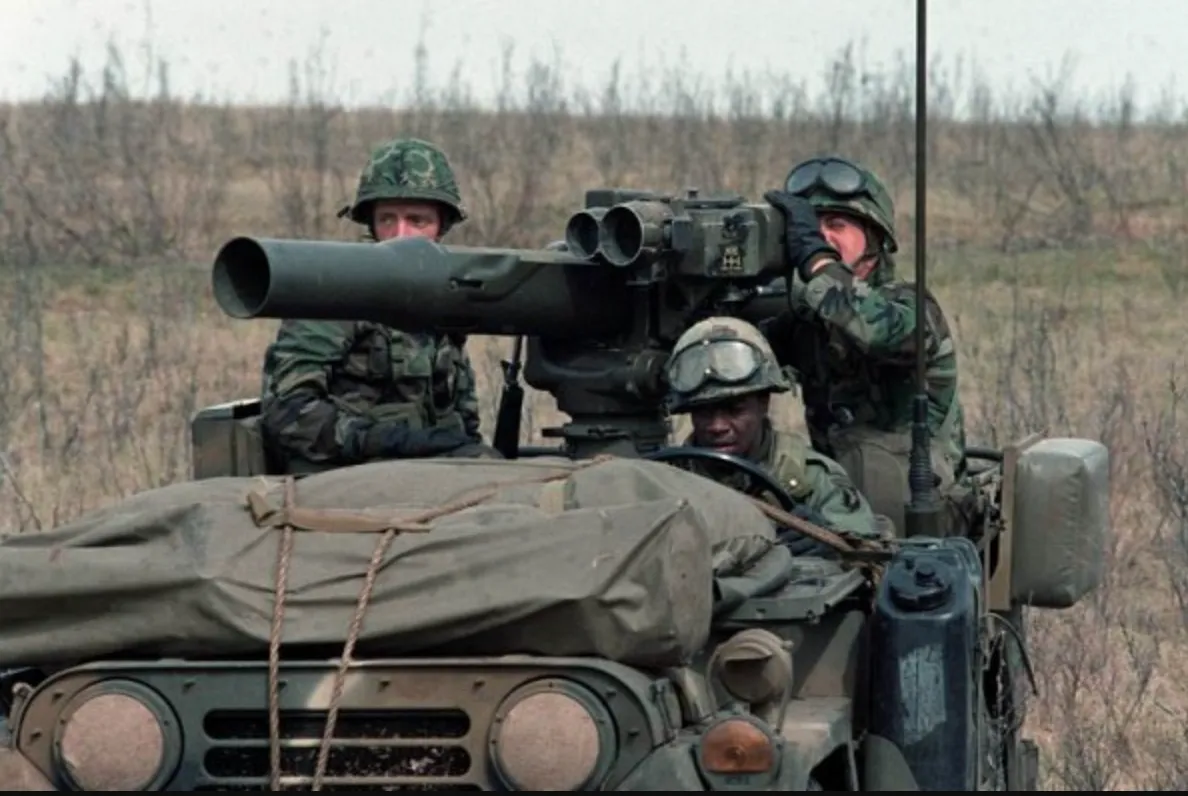
HMMWV (Humvee)
The HMMWV (High Mobility Multipurpose Wheeled Vehicle), commonly known as the Humvee, is one of the primary platforms utilized by U.S. infantry units to deploy the TOW missile. Its rugged design, combined with mobility and versatility, allows infantry formations to transport and fire the TOW missile effectively in diverse operational environments.
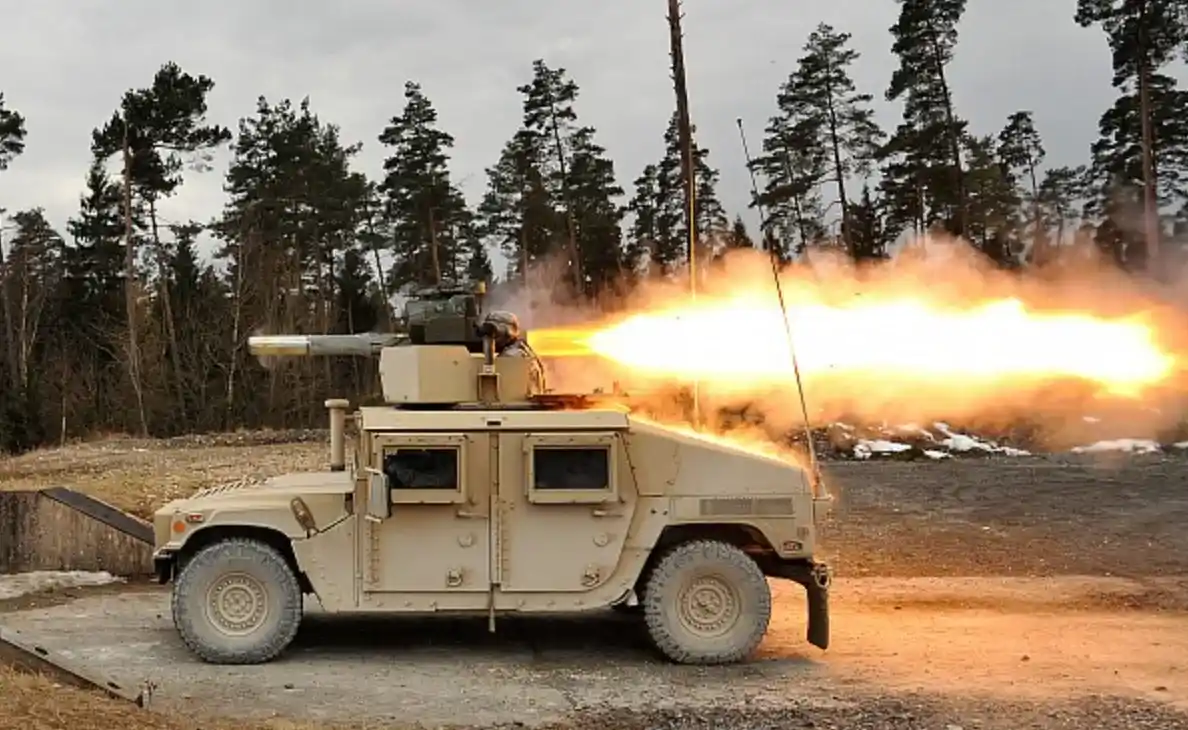
AMX-PRAT
The AMX-PRAT is a Dutch tank destroyer developed by equipping existing AMX-VCI armored personnel carriers with a pedestal-mounted TOW launcher. This adaptation enhances the anti-tank capabilities of the personnel carrier, enabling it to engage enemy armor while providing a level of protection for its crew.
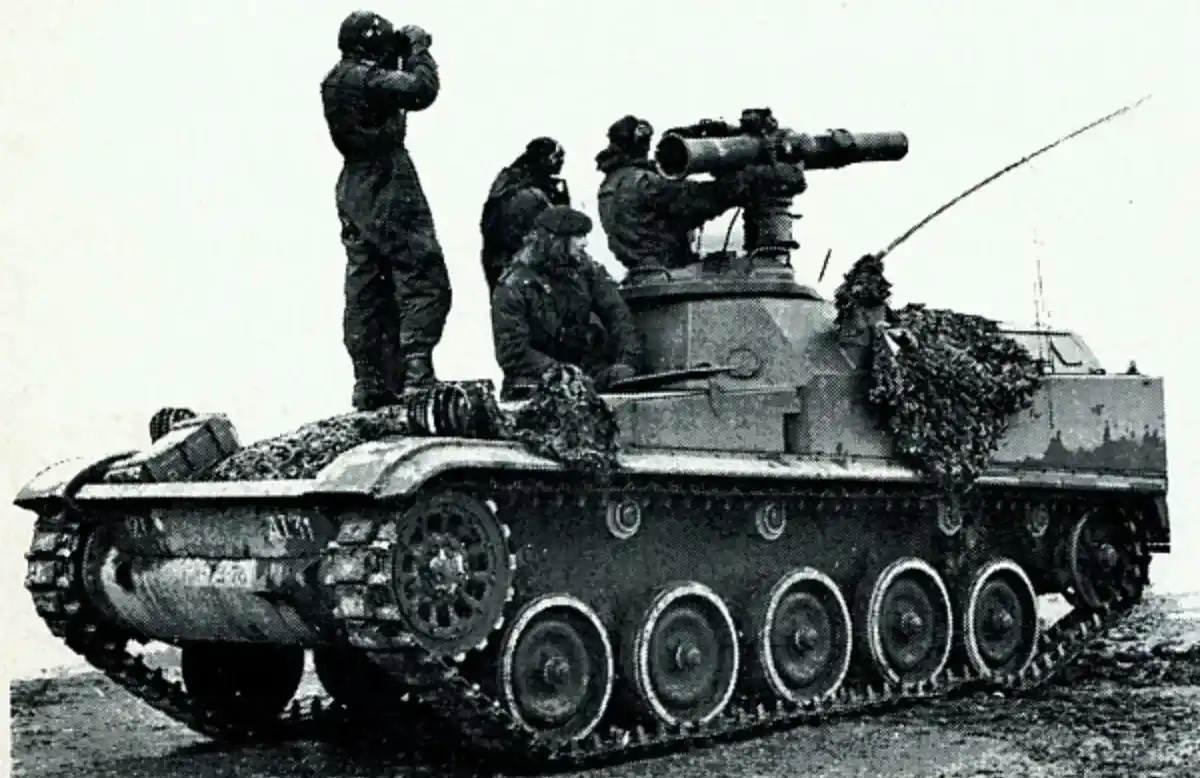
Panzerjäger 90
The Swiss Panzerjäger 90 is a tank destroyer built on the Piranha 6×6 wheeled chassis. This platform is designed to carry two TOW missiles, providing quick engagement capabilities against armored threats while maintaining mobility across various terrains.
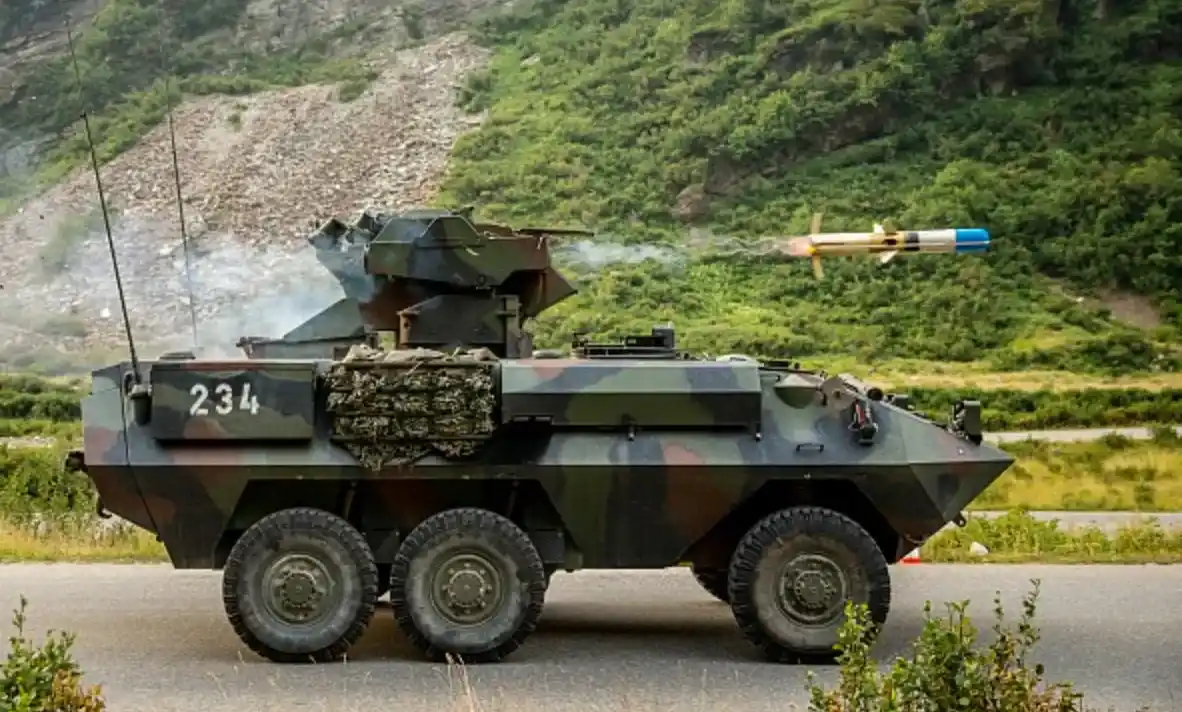
M901 ITV
The M901 ITV (Improved TOW Vehicle) is an American tank destroyer based on the M113 armored personnel carrier chassis. It features an Emerson retractable launcher that can accommodate two TOW missiles, allowing for rapid deployment and engagement of enemy targets while remaining protected.
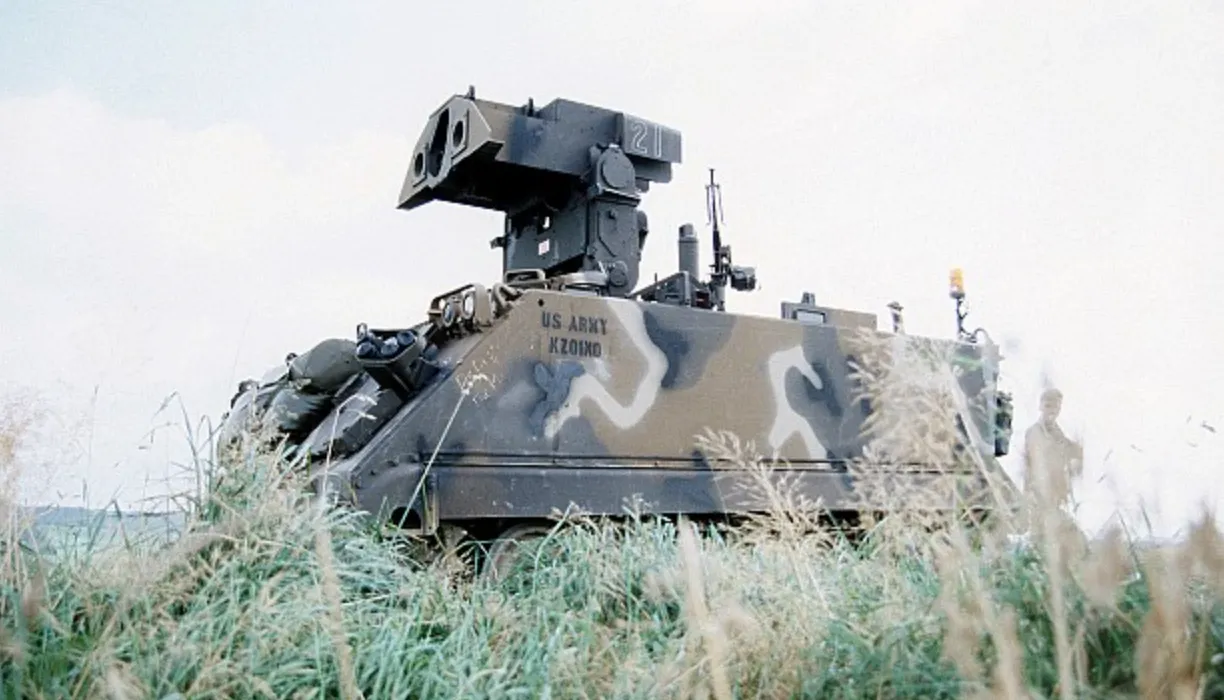
LAV-AT
The LAV-AT (Light Armored Vehicle – Anti-Tank) is an American tank destroyer based on the LAV-25 wheeled infantry fighting vehicle. This platform is equipped with two ready-to-fire TOW missiles, combining firepower with mobility, making it suitable for various battlefield roles.
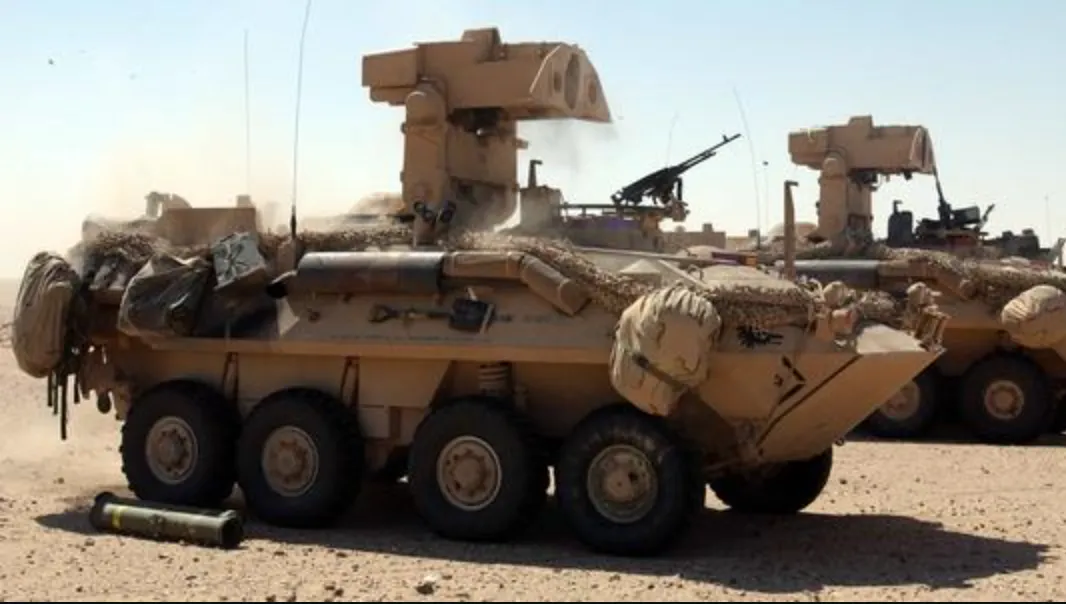
Stryker ATGM
The Stryker chassis serves as the foundation for the Stryker ATGM (Anti-Tank Guided Missile), another American tank destroyer variant. This platform integrates the TOW missile system, enhancing the overall combat capabilities of the Stryker family of vehicles.

YPR-765 PRAT
The YPR-765 PRAT is a Dutch equivalent of the U.S. M901 ITV, built on the YPR-765 chassis. This tank destroyer configuration is optimized for anti-tank operations, showcasing the versatility of the TOW missile system in different military contexts.
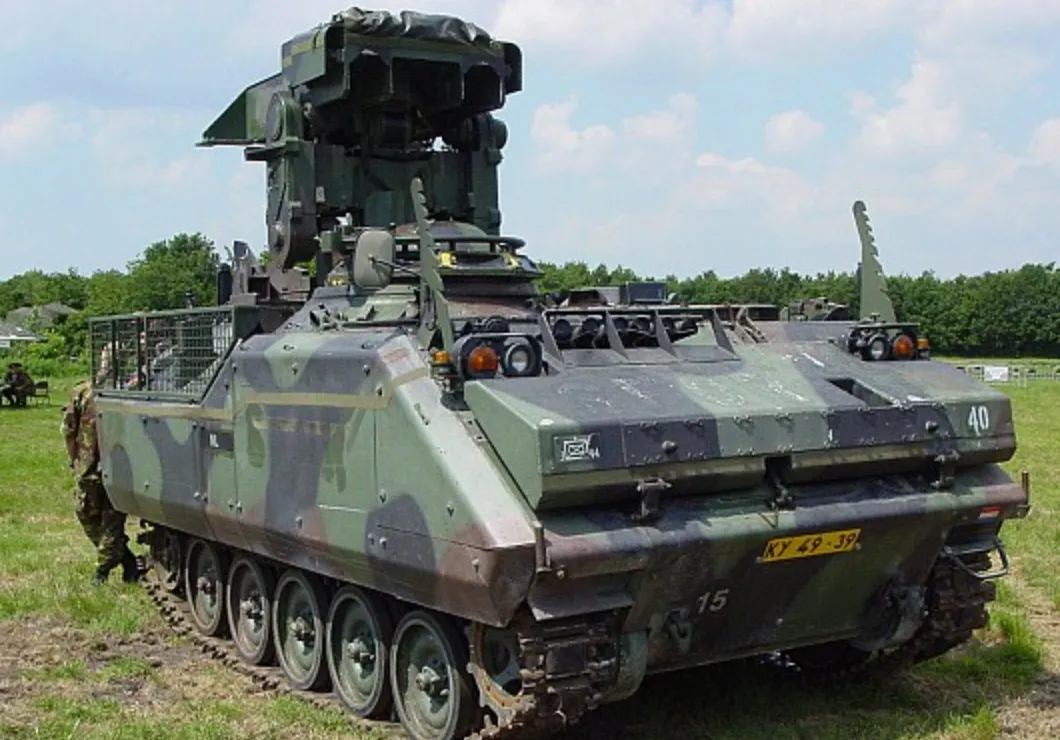
M2 Bradley
With over 6,000 units produced, the M2 Bradley is a cornerstone of U.S. military operations. The TOW-2 missile can be launched from both the M2A1 and M3A1 versions, making the Bradley an essential platform for engaging armored threats while providing troop transport capabilities.
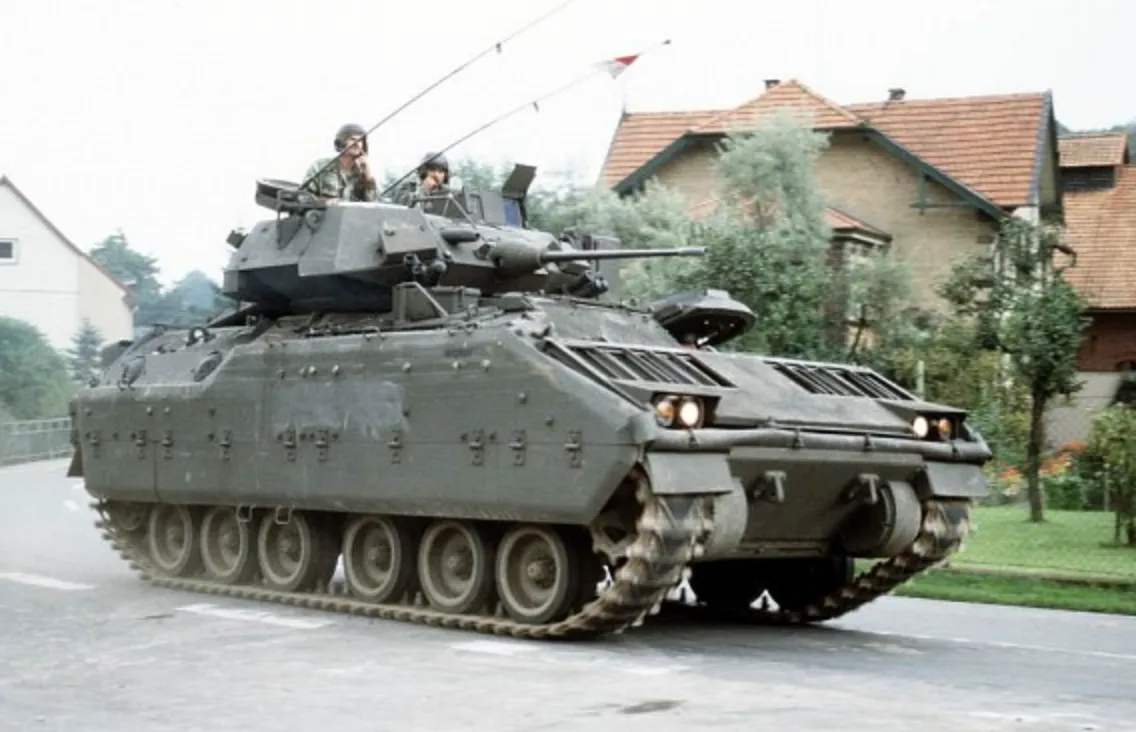
BGM-71 TOW Users
The BGM71 TOW missile system is primarily utilized by the United States military, which has incorporated it into various branches and operations. Its advanced guidance system and effectiveness against armored vehicles make it a critical component of the U.S. Army’s and Marine Corps arsenals.
In addition to its domestic use, the TOW system has been widely adopted by many European nations and several allies of the United States across the globe, solidifying its status as a reliable anti-tank weapon.
Interestingly, Iran has developed unlicensed copies of the TOW, referred to as the Toophan, indicating the global influence and significance of this missile system.
These adaptations by Iran highlight the importance of the TOW in international military dynamics, as nations seek to enhance their defense capabilities by reverse-engineering successful technologies.
The proliferation of similar systems demonstrates the TOW’s impact on global military strategies and its role in shaping modern warfare tactics.
Looking ahead, the TOW missile is projected to remain a staple of the U.S. military’s armament well into 2050. The ongoing demand for effective anti-armor solutions, coupled with the missile’s proven track record in various conflicts, ensures its continued relevance.
As military technology evolves, the TOW’s adaptability and reliability will likely see it integrated with emerging technologies, allowing it to meet future battlefield challenges while maintaining its status as a vital asset for U.S. forces and their allies.
Share
Defense Feeds
Defense Feeds is publication focusing on informing, engaging, and empowering the world by providing accurate information from defense technology.
Powered by Defense Feeds © 2025 – All rights reserved.


